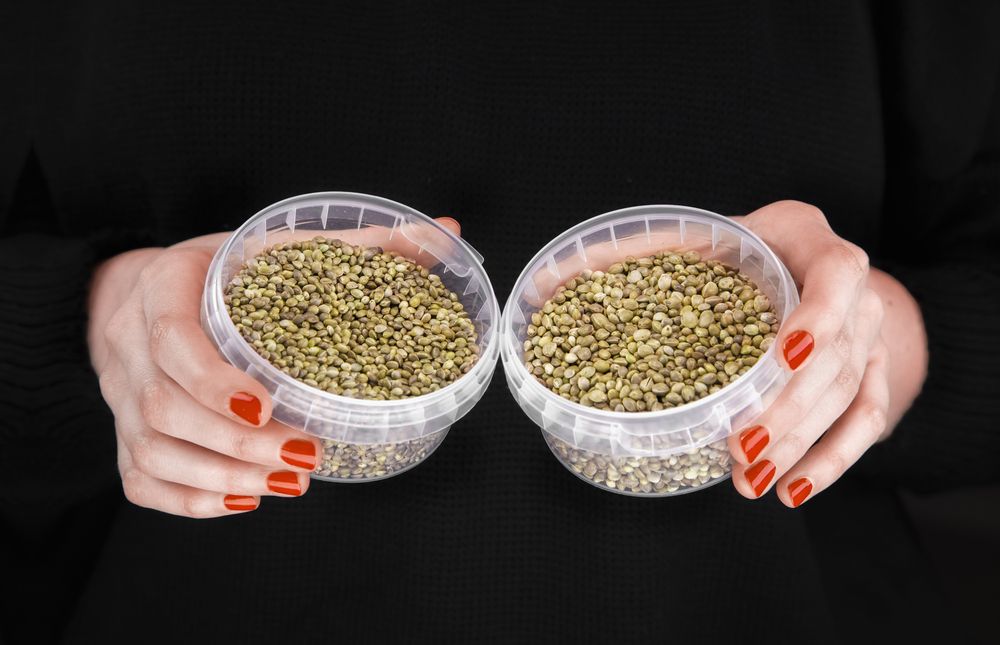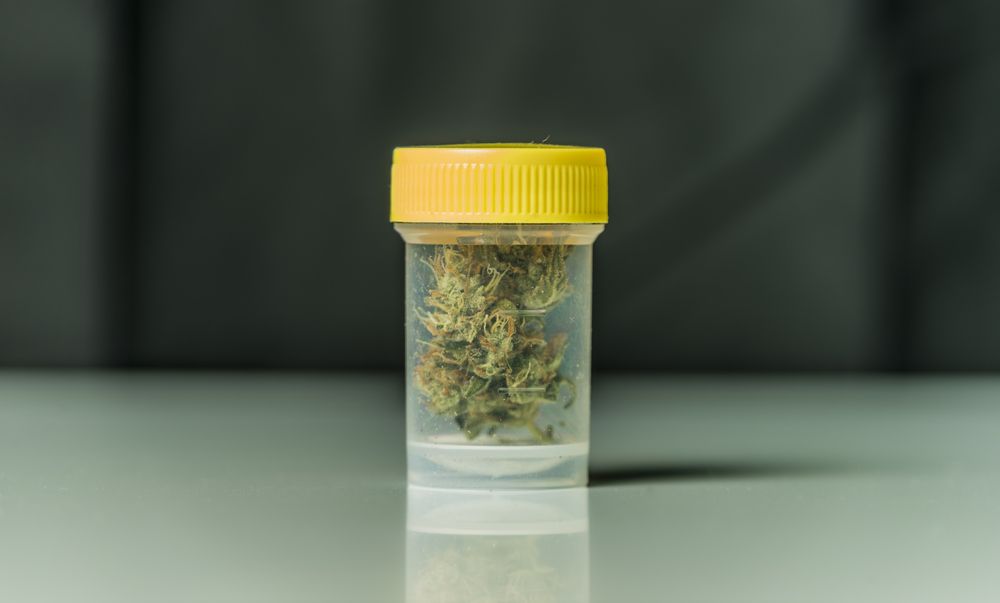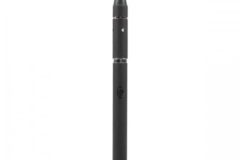The hemp plant is related to the cannabis sativa, a fancy name for the otherwise marginalized marijuana or weed. Some might know hemp for its good qualities such as being one of the first plants to be spun into fiber (about 10,000 years ago).
Hemp can be refined into a huge variety of commercial products, ranging from textiles, papers, and clothing, to biodegradable plastics, paints, and fuels. Also you can read about Top Surprising Hemp Uses You Weren’t Aware of.
It can be used as food, although some shun at the idea because they think they’re literally eating marijuana. That’s silly!
Hemp’s THC (tetrahydrocannabinol) content is negligible, about 1.5% at most, versus the real cannabis sativa’s 10%. To make the deal funnier, hemp’s CBD (cannabidiol) content can block the drug effect of what little THC remains.
Indeed, the psychoactive potential of hemp is only comparable to the flying capacity of a chicken.
What many don’t know about hemp is that the plastic made of it is a reliable, renewable, biodegradable material with a tiny carbon footprint.
And that’s not even the best part; it’s mechanical properties are superior, and it’s much more cost-effective than, for example, regular plastic.
How Could Hemp Plastic Challenge Conventional Plastic?
Simply put, hemp plastic is a composite material. It’s made up of a polymer base augmented with fiber additives.
Hemp plastic is considered a bioplastic, and there are several types, each one with a different composition that ranges from standard plastic reinforced with hemp fibers to 100% hemp cellulose structures.
This translates into a myriad of benefits over conventional plastic.
- Stronger & Lightweight
The polymer base is strengthened with hemp fibers, a.k.a. the strongest natural fiber known to man to the date.
In effect, compared to conventional polypropylene plastic (PP), this hemp-fiber-strengthened polymer base sports a 150% increase in tensile strength and a 250% increase in hardness.
Thus, it is harder to break or deform, while being lightweight. Given how strength rises exponentially and density only increases marginally, hemp plastic composites are highly valued for automotive and aerospace applications.
- Eco-Friendly & Cost-Effective
Some people pretend like the problem it’s not there, but it is. Conventional plastic products are extremely harmful to the environment and can take even 600 years to degrade while hemp plastic can take as long as six months.
Contrary to petroleum-based synthetic products, hemp plastic degrades and returns the necessary nutrients back to the soil.
Hemp absorbs about 4 times more CO2 (carbon dioxide) than trees do, and it does so in a very short span of time (about 12 to 14 weeks). Producing hemp plastic requires anything between 22% and 45% less energy, so about 70% of the carbon emissions are absorbed.
Not only is this good for our planet, but it’s also better from a commercial standpoint, given that you use less energy and time.
Conclusion

The marginalization of cannabis has rendered hemp an outcast, even when all these facts have been proved. However, more and more people are realizing how beneficial it would be for everyone if we substituted most (if not all) plastic components with hemp plastic.
The steady legalization of industrial hemp is sure to change the global scenery around plastic and its sustainability.













Is it possible to use hemp polymers for 3D printing. I use PVC fittings (schedule 40 and 80) on many of my designs and would like to use hemp plastics and paper.